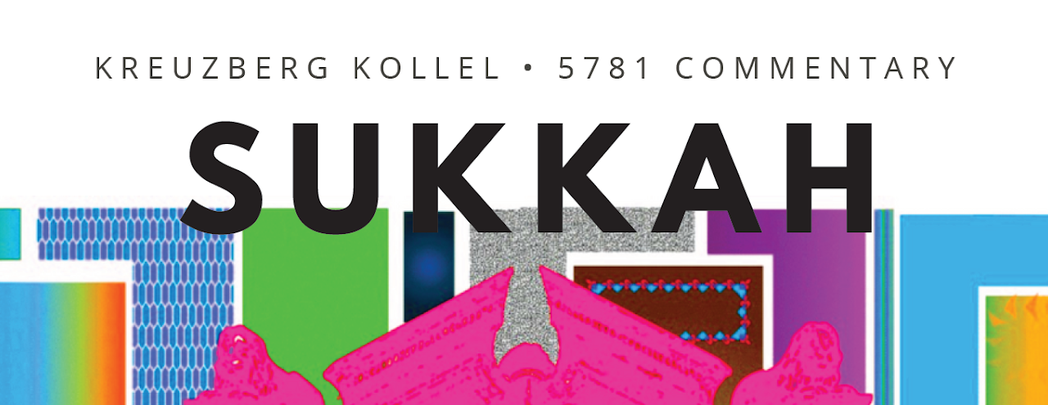An introduction to Simcha and Nostalgia
By Jeremy Borovitz
The last line of the first Mishnah of the fifth chapter of Masechet Sukkah is what first drew me into this chapter: One who did not see the Simcha of the Place of the Drawing of the Water never saw Simcha in their days.
If you weren’t there, you could never know joy. Except, of course, that none of us have been there, and in fact, none of them had been there---by the time that the Mishnah is collated, the Temple has long been destroyed. The ultimate joy is a nostalgic one. It used to be better, back then.
Sukkot is the time of the rain, and the Tosefta Sukkah 3:7 tells us, this desire for rain was the impetus for this water drawing extravaganza. The Mishnahs describes a ceremony that would take place every year during Chol Hamoed sukkot, an elaborate choreography involving the priests and the springs of Gihon and the dancing and singing and musical playing that lifted us all into a joyful place of ecstasy.
I might have thought that the chapter would talk about water, or joy, I might have thought that we would discuss the specifics of Sukkot and the commandment of it being zman simchateinu, the era of our happiness. And it does. But the focus of the chapter, or at least the way the chapter will come to a close, is on the Temple itself.
What is this nostalgia we feel for times we never knew? When the Israelites were wandering in the desert, they were always looking backwards to Egypt, where at least they knew they would have food to eat. It is no different now; we cannot know joy without the Temple, we cannot know glory without the Great Synagogue of Alexandria, the present is constantly enslaved and entranced by a past we cannot touch or see.
And so our chapter is obsessed with questions recreating this Temple. For the Temple was our compass and our calendar, our marker of gladness and our marker of time. And now we are just left with these books, and these stories. What will we do with them?
There are ruins of this Temple being uncovered every day, and many look inside these stones for the keys to our past. But what if, like the evil inclination, the keys are deep inside of us, the joy and the glory and the contradictions and the direction is actually buried in the depths of our collective memories and souls, and by reading these words, and having them come out, we are continuing the process of unlocking life’s true purpose and meaning.
This is a chapter about the Temple. It’s also a chapter about us. Because the holy of holies is gone, but there is godliness within us. And we hope that these words, these drawings, this music and creativity will inspire you to find the holiness inside yourself, to realize that real joy and real glory and real meaning and real water that quenches the thirst of humanity is just around the corner. In comes the messiah, the heralder of a better tomorrow, and with them, comes a nostalgia for the future by their side.




